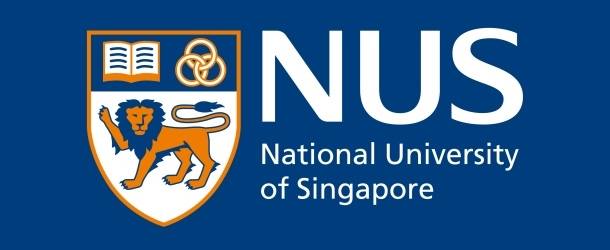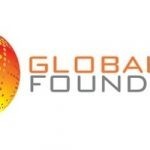NUS Researchers Bring Attack-Proof Quantum Communication Two Steps Forward

(EurekaAlert) While the security of QKD is unbreakable in principle, if it is incorrectly implemented, vital information could still be stolen by attackers. These are known as side-channel attacks, where the attackers exploit weaknesses in the setup of the information system to eavesdrop on the exchange of secret keys.
Researchers from the National University of Singapore (NUS) have developed two methods, one theoretical and one experimental, to ensure that QKD communications cannot be attacked in this way. The first is an ultra-secure cryptography protocol that can be deployed in any communication network that needs long-term security. The second is a first-of-its-kind device that defends QKD systems against bright light pulse attacks by creating a power threshold.
“Rapid advances in quantum computing and algorithmic research mean we can no longer take today’s toughest security software for granted. Our two new approaches hold promise to ensuring that the information systems which we use for banking, health and other critical infrastructure and data storage can hold up any potential future attacks,” said Assistant Professor Charles Lim, from the NUS Department of Electrical and Computer Engineering and Centre for Quantum Technologies, who led the two research projects.
Typically, in QKD, two measurement settings are used – one to generate the key and the other to test the integrity of the channel. In a paper published in the journal Nature Communications on 17 May 2021, the NUS team showed that with their new protocol, users can independently test the other party’s encryption device by generating a secret key from two randomly chosen key generation settings instead of one. The researchers demonstrated that introducing an extra set of key-generating measurement for the users makes it harder for the eavesdropper to steal information.
Asst Prof Lim explained, “It is imperative to close the gap between the theory and practice of quantum secure communications if we are to use it for the future Quantum Internet. We do this holistically – on one hand we design more practical quantum protocols, and on the other hand, we engineer quantum devices that conform closely with the mathematical models assumed by the protocols. In doing so, we can significantly narrow the gap.”



















